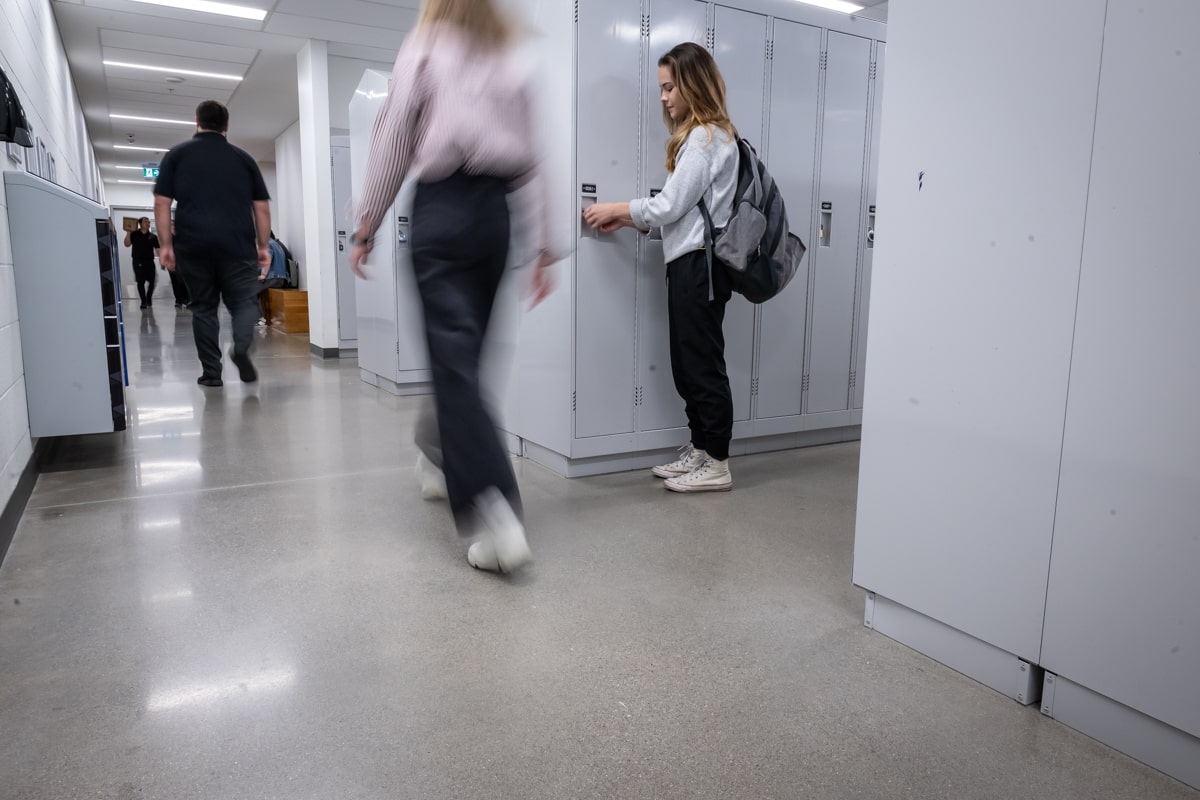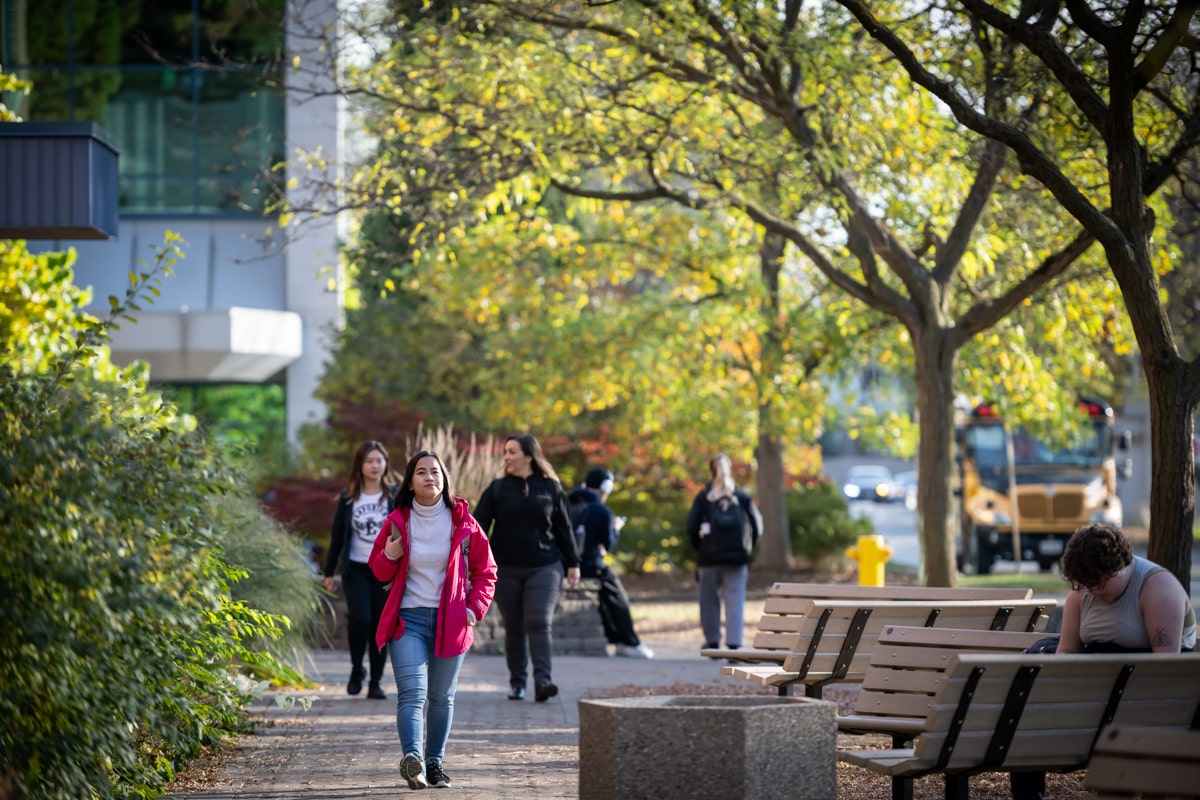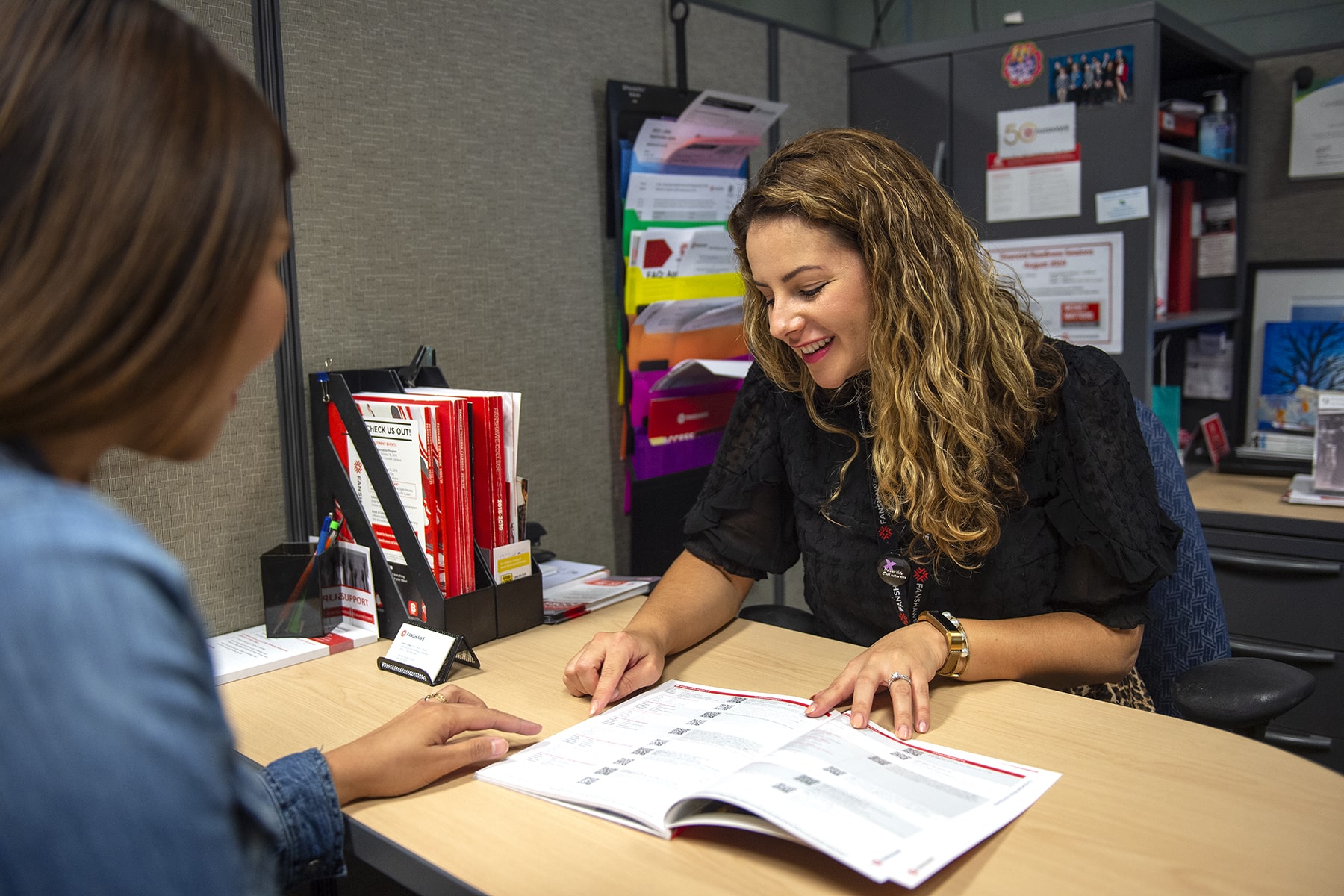Have any of these thoughts crossed your mind?
- If I want to complete an additional credential, do I have to start at the beginning?
- I'm not sure the program I'm in is the right fit for me.
- My finances aren't working out the way I thought they would — going to school closer to home would be less expensive.
- I don’t have the right educational background to get into the program I want to take.
If so, you're not alone. In Ontario, more than 60,000 students each year transfer programs or schools, often getting recognition for completed education as they pursue another credential. These are known as educational pathways.
Find out more about what an educational pathway is
Career journeys are rarely a straight line. You can plan a pathway that will take you through different programs, credentials or schools. Or, you may set out on one path and decide to change course.
The idea of transferring programs or schools may feel overwhelming, but there's plenty of support available to help you find your pathway to post-secondary success.
Here are our top tips:
- Research your options—start with the Fanshawe Pathways Database for pathways related to Fanshawe programs;
- Discuss your options with family and friends ask them to be part of the process;
- Talk to academic advisors and/or transfer advisors at your current and prospective schools
- Visit Fanshawe's next Pathways Fair
Did you know?
- As a Fanshawe student, you have the option to transfer within Fanshawe programs whether you have finished a program or not; the most common options are completing an Honours Bachelor’s degree or a graduate certificate;
- Fanshawe has over 500 pathways with more than 60 partner institutions in 10 different countries
How to chart your post-secondary pathway
Step 1. Identify your goals for post-secondary education
The first step to meeting your goals is setting them! If you have a goal, you will be able to better identify the steps you need to take to reach it, whether that might mean continuing your current program or graduating from a different program with a different credential. Your goal might be something like starting a career in a specific industry or getting a certain credential.
Step 2. Find out if a post-secondary pathway is right for you
If you’re thinking about switching programs or schools, going back to school or doing some academic upgrading to get into your dream program, there’s a pathway for you.
There are three main types of pathways:
- Transferring programs within a post-secondary institution and getting credit for relevant courses you’ve already completed
- Transferring from one post-secondary school to another and getting credit for the courses you completed at your previous school
- Using life and work experience to get credit toward a post-secondary program
You can choose to follow these pathways whenever it’s right for you–if you started a post-secondary program but took a year off, you can use relevant credits earned toward another program, for example. If you’re not sure if a Fanshawe pathway might suit you, get in touch with one of our advisors.
Step 3. Discover pathways that help you meet your goals
There are plenty of post-secondary pathways in Ontario and many students follow a pathway to reach their goals. You can visit Fanshawe’s Pathways Database to explore pathways related to Fanshawe, whether you’re looking to come to Fanshawe from another school, transfer within Fanshawe, or take a pathway through Fanshawe to another school. You might also want to check out ontransfer.ca for information about post-secondary pathways in Ontario.
Step 4. Learn more about your post-secondary pathway
If you’ve identified one or more post-secondary pathways that will help you reach your goal, take a little more time to learn about what your path might look like and what you need to do to follow that path, whether it’s applying for advanced standing and/or external credit, receiving credit for life experience, or following a path from a diploma to a degree.







